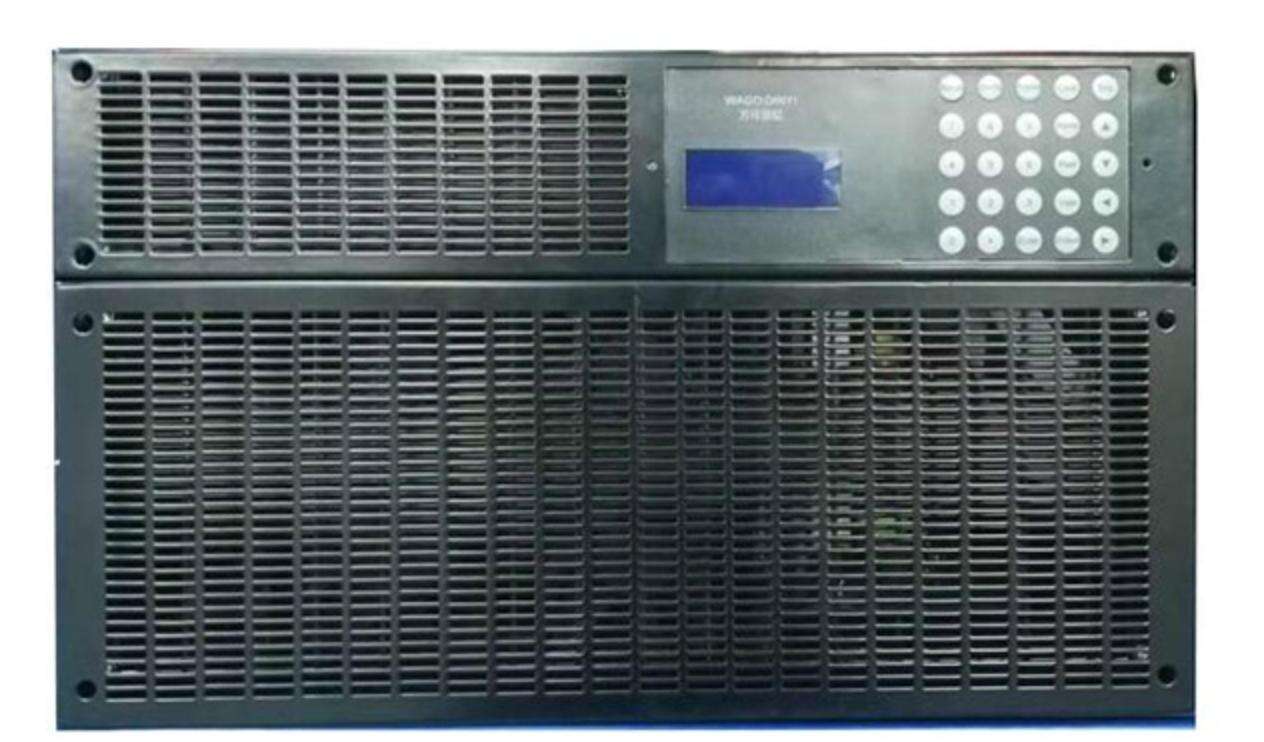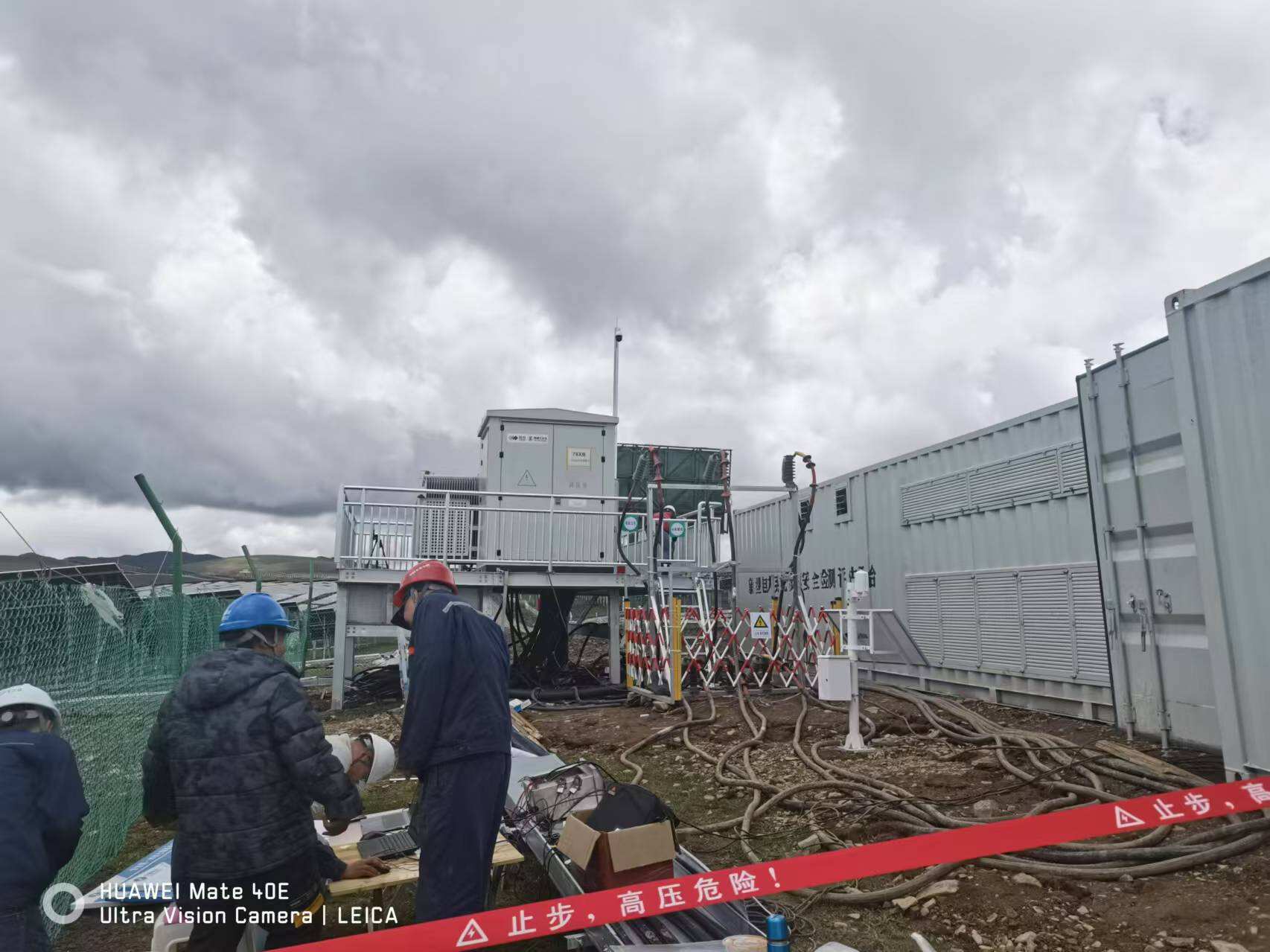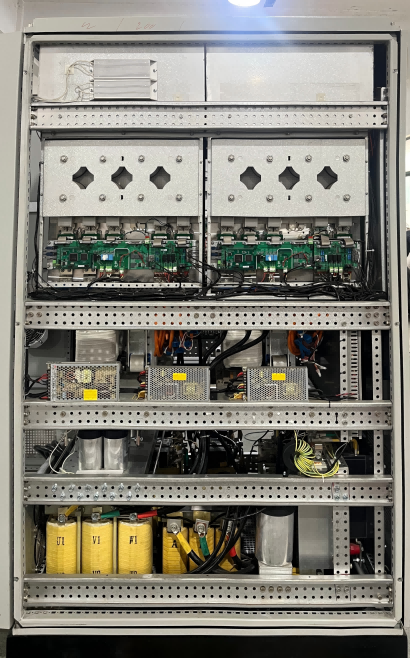လေစွမ်းအင်ထုတ်လုပ်ခြင်း စနစ်
လေအင်တာန်မှ စွမ်းအင်ဖြစ်ပြီးသော လေအင်တာန်ထုတ်လုပ်ခြင်းစနစ်သည် ရွေ့လျားသော လေအင်တာန်ကို အသုံးပြု၍ သိမ်းသော အသစ်စွမ်းအင်ကို ထုတ်လုပ်သည့် ရွေ့လျားသော အသစ်စွမ်းအင်ဖြစ်ပါသည်။ ယင်းစနစ်သည် လေအင်တာန်ကို အသုံးပြု၍ စွမ်းအင်ထုတ်လုပ်သည့် လေကို မိမိတို့၏ လေအင်တာန်ကို အသုံးပြု၍ လေအင်တာန်ကို အသုံးပြုသည့် အကျိုးသက်ရောက်မှုများကို ပြုလုပ်သည့် အကျိုးသက်ရောက်မှုများကို ပြုလုပ်သည့် အကျိုးသက်ရောက်မှုများကို ပြုလုပ်သည့် အကျိုးသက်ရောက်မှုများကို ပြုလုပ်သည့် အကျိုးသက်ရောက်မှုများကို ပြုလုပ်သည့် အကျိုးသက်ရောက်မှုများကို ပြုလုပ်သည့် အကျိုးသက်ရောက်မှုများကို ပြုလုပ်သည့် အကျိုးသက်ရောက်မှုများကို ပြုလုပ်သည့် အကျိုးသက်ရောက်မှုများကို ပြုလုပ်သည်။ လေအင်တာန်ထုတ်လုပ်ခြင်းစနစ်သည် လေအင်တာန်ကို အသုံးပြု၍ လေအင်တာန်ကို အသုံးပြုသည့် အကျိုးသက်ရောက်မှုများကို ပြုလုပ်သည့် အကျိုးသက်ရောက်မှုများကို ပြုလုပ်သည်။ လေအင်တာန်ထုတ်လုပ်ခြင်းစနစ်သည် လေအင်တာန်ကို အသုံးပြု၍ လေအင်တာန်ကို အသုံးပြုသည့် အကျိုးသက်ရောက်မှုများကို ပြုလုပ်သည်။ လေအင်တာန်ထုတ်လုပ်ခြင်းစနစ်သည် လေအင်တာန်ကို အသုံးပြု၍ လေအင်တာန်ကို အသုံးပြုသည့် အကျိုးသက်ရောက်မှုများကို ပြုလုပ်သည်။




